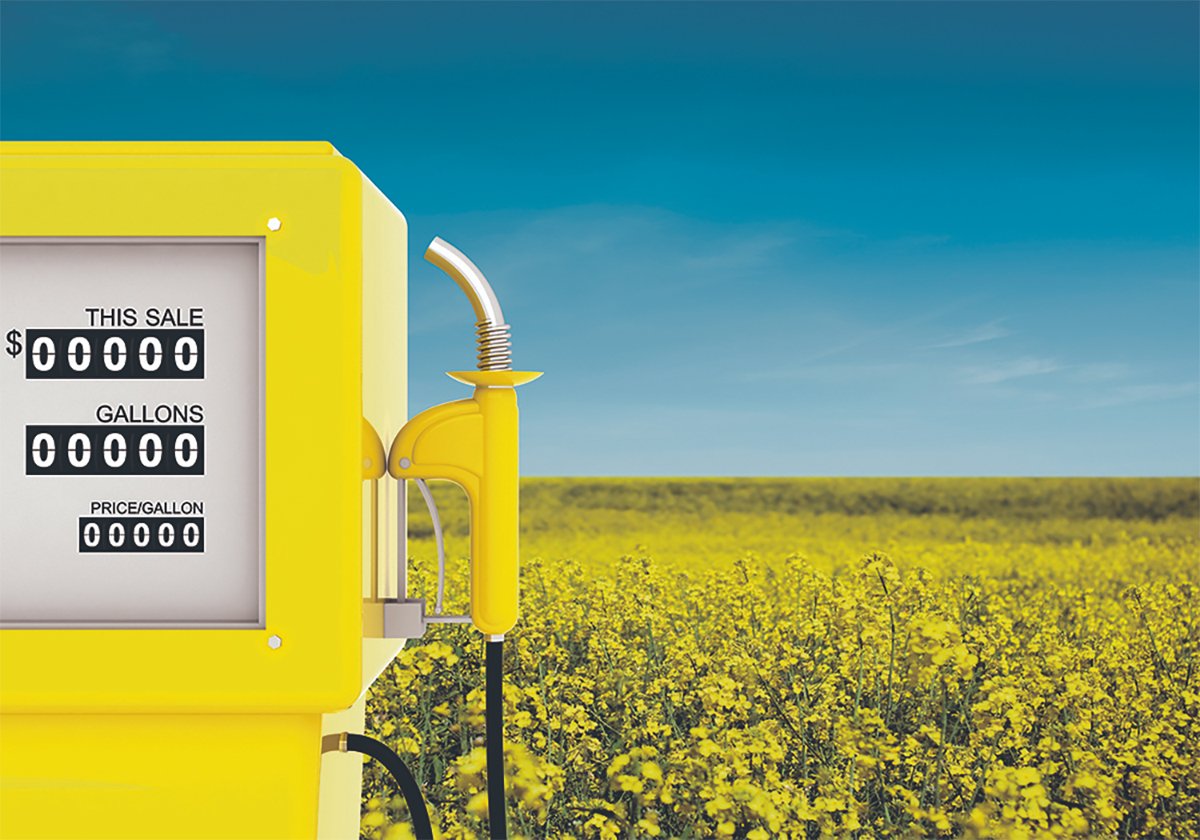Despite the dreadful results of the past few years, Canada’s canola industry believes it can still hit its audacious 2025 targets.
“We have confidence that the canola production target is still attainable,” Chris Vervaet, executive director of the Canadian Oilseed Processors Association, told the recent Fields on Wheels conference.
However, hitting those targets is going to take higher per-acre canola production and a reversal of the recent trend of production shortfalls, including 2021’s shocking 12.6 million tonnes. With little room for farmers to commit more acres to canola, each acre needs to be producing much more of the crop.
Read Also

Biofuel sector happy with federal budget
Advanced Biofuels Canada says new Biofuel Production Incentive is a lifeline until CFR amendments are in place.
“It’s going to be on productivity increases,” said Vervaet.
“We don’t really see the opportunity to expand the acreage of canola production very much.”
Vervaet’s confidence in Canada hitting its 52.5 bushels per acre and 26 million tonne 2025 targets comes from his observations on both global oilseed demand and the North American biofuel market, which has provoked a flurry of crusher construction projects and expansions on the Prairies, as well as the assumption that more normal weather has to return some time.
To hit the 2025 crusher target, 14 million tonnes of seed per year need to be processed, up from today’s 11 million tonnes.
The current proposed crusher projects should boost Canada’s total capacity to a maximum of 17 million tonnes of seed per year.
“In reality, that could mean as much as 15 million tonnes of actual processing,” said Vervaet.
“There’s certainly the potential for our sector to blow right past the 14 million tonne target.”
Much of the optimism in the oilseed industry comes from the expectations of booming demand for biofuel for the rest of the decade.
Because biodiesel helps reduce the “carbon intensity” of fossil fuel, there will likely be an increasing demand in the use of biodiesel as more places follow the lead of jurisdictions such as California. Government commitments to decarbonize transportation fuel sources are a serious factor in future canola demand.
“It’s largely a policy-driven demand,” Vervaet said.
“The biofuel market is a created market. It’s not a natural market.”
That demand should also grow in Canada, despite a minimum presence today, as the federal government’s biofuel policy comes to play a bigger role.
“We certainly see the potential for the Clean Fuel Standard to replicate that demand signal for bio and renewable diesel in Canada as well.”
Some fret that the advent of the electric vehicle era will herald a dark period for liquid fuel, including biodiesel, but Vervaet said only light duty vehicles such as passenger cars can feasibly be converted en masse to electrification at the moment. Heavy duty use such as construction equipment, aircraft, train locomotives and ships will need liquid fuel for decades, and biodiesel should come to play a bigger role.
Crushing companies have been bullish about the future, but they will need farmers to produce enough crop to meet their hopes.
Diseases have been “yield-robbers” in recent years, with blackleg and clubroot adding to the troubles coming from drought.
For average canola production to rise from about 40 bu. per acre to 52 requires those limiting factors to be restrained.
“We have a ways to go, and managing those diseases is a really critical part of it,” said Vervaet.
The Canfax Report and WP Livestock Report will return next week.
















